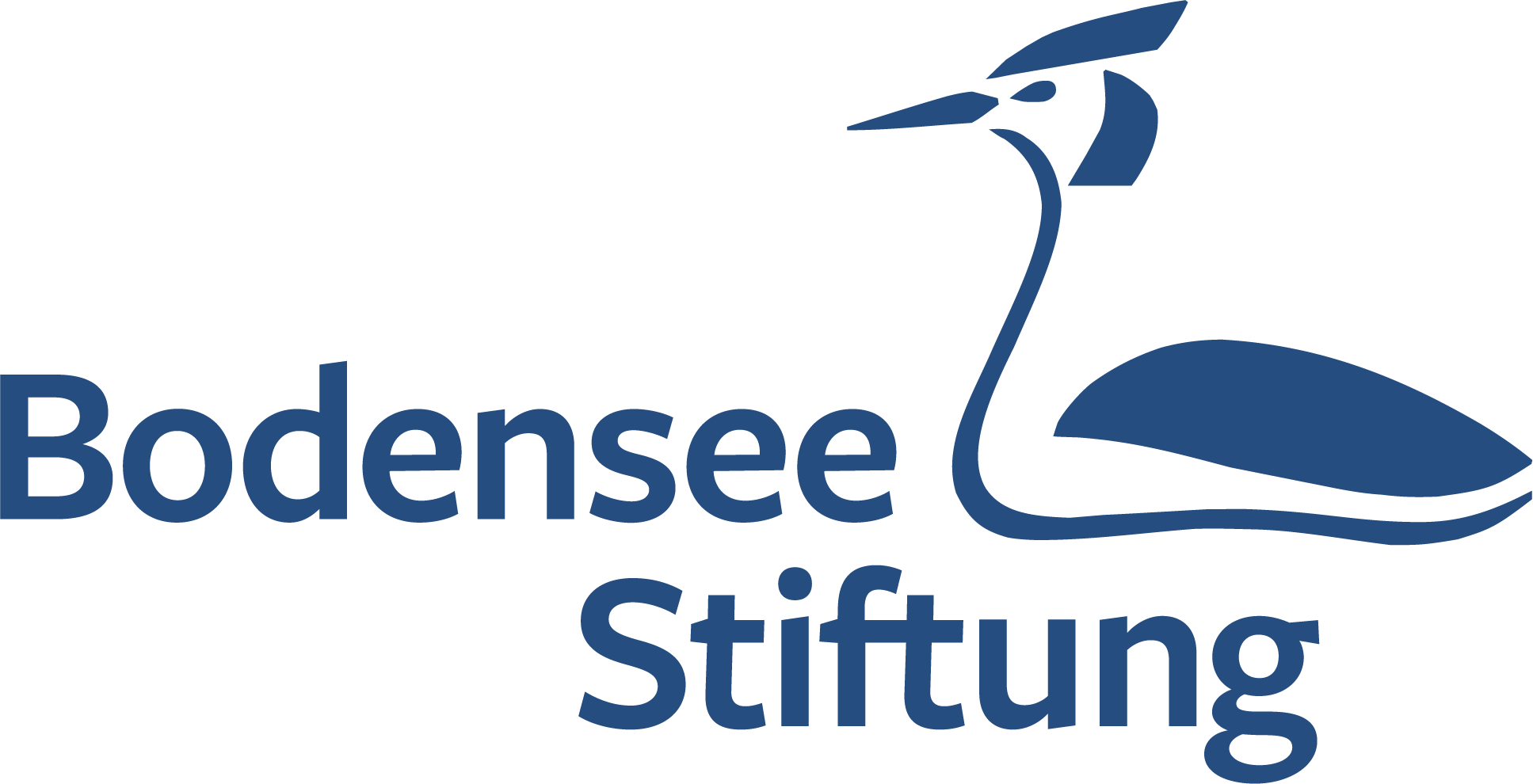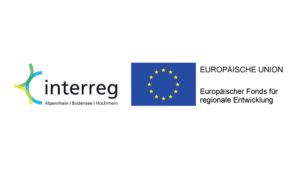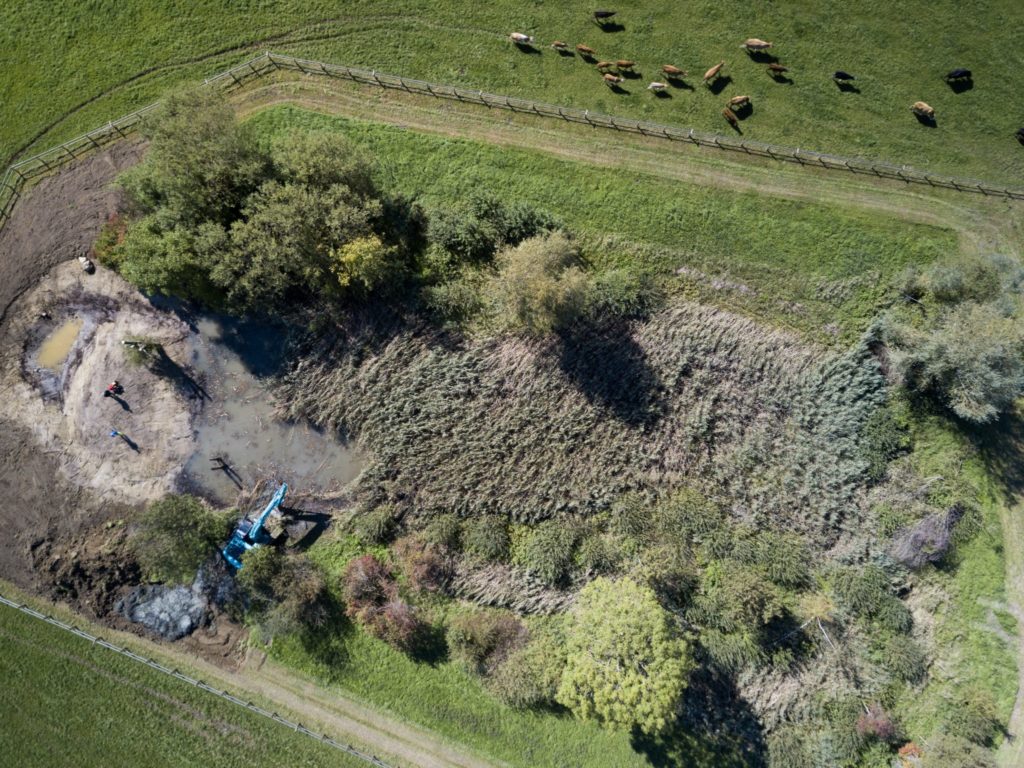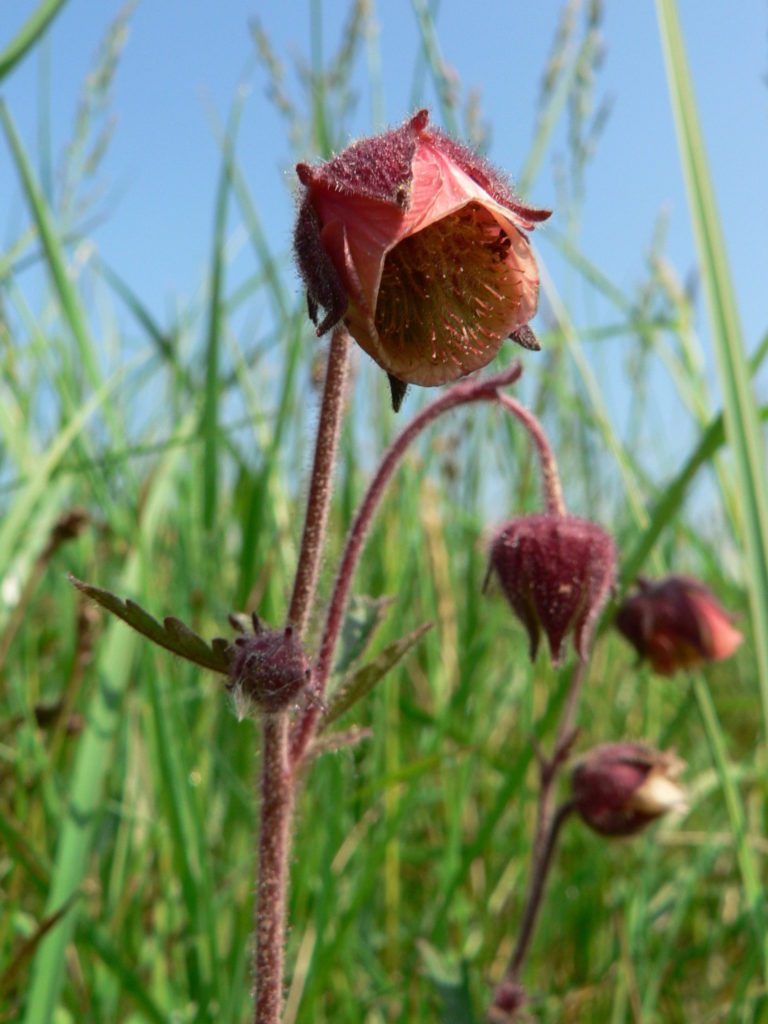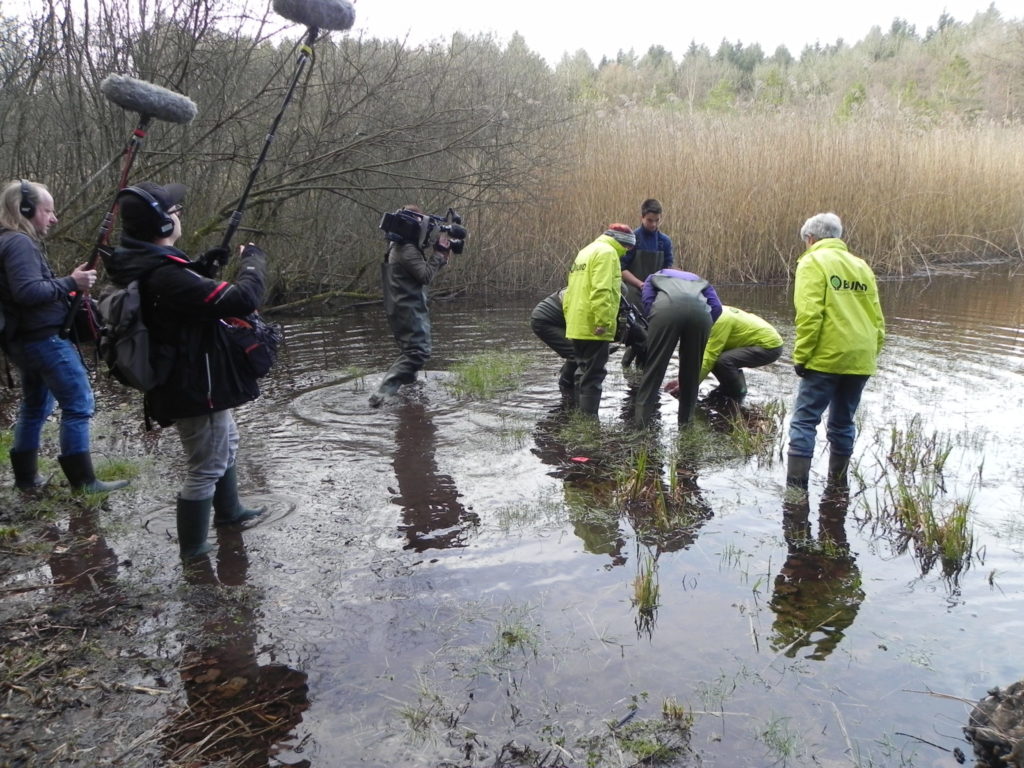Small waterbodies for the Lake Constance region
Network for biodiversity and environmental education
Field of action: Nature and Lake Conservation
Project goals: In the Lake Constance region at least 60 small waterbodies will be created or restored. By implementing environmental education measures, which were jointly developed, the public will be sensitised for these important biotopes and the acceptance will be increased.
Project area: Lake Constance region (Austria, Switzerland, Germany)
Duration: June 2015 till May 2019
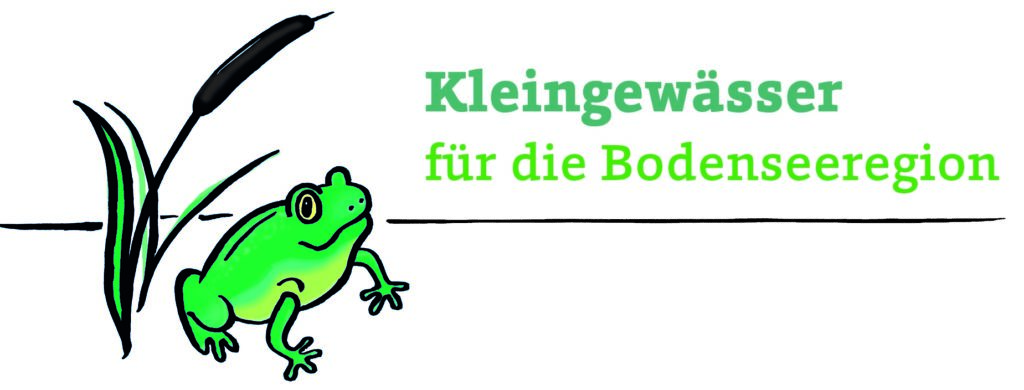
Background
Once, small waterbodies at the Lake of Constance were created by dynamic processes over and over again. In the cultural landscapes nowadays, this dynamic is missing so that small waterbodies, which are silting-up, have to be regularly maintained or replaced by new waterbodies. There is too little awareness about the conditions and the value of small waterbodies and in the practise, their protection is implemented only insufficiently. These challenges exist in all countries around the Lake Constance and can only be achieved together, because animals and plants know no borders.
Implementation
Nine partner in three countries are creating new small waterbodies around the Lake Constance. Numerous small water bodies which are overgrown or silted up are going to be cut free and dredged to make them attractive again for animals and rare plants.
These measures are accompanied by tours, water rallies, talks and articles in local newspapers, to inform the public about the ecological function and the beauty of these biotopes.
The Lake Constance Foundation is the coordinator of this project and is responsible for the networking and the training of the partners.
Contact
Contact person: Volker Kromrey
E-mail: volker.kromrey@bodensee-stiftung.org
Phone: +49 (0) 7732-9995-48
Project Funding
Further Information
Creating a paradise for birds, toads, dragonflies and Co.
Small waterbodies are habitats and stepping stone biotopes, and are important elements for supporting and maintaining the biodiversity, due to their positive impacts within a radius of several kilometres. Unfortunately, these paradises occurs less and less in our landscape – a situation we also observe in the Lake Constance region.
The partners of the project want to counteract the loss of these small waterbodies by the restoration and new establishment of them. Some of the partners use this project for the implementation of concrete water measures. Several new small water bodies have been created and also several existing water bodies have been upgraded ecologically, remade and bushes removed. At the same time, a lot of planning and approval procedures for the realisation of further measures took place, as well as the inspection and assessment of further project areas.
Environmental education
In addition to the implementation of water measures, networking with other actors and environmental education also play an important role to increase and to establish the engagement of environmentalists and the acceptance in the public. In July 2017 there was a workshop in Wasserburg on environmental education for the project partners and voluntary environmentalists. In coordination with the Nature Conservation Association Vorarlberg, BUND Lindau and the Nature Conservation Association Rheindelta the workshop “Water-Rally” was designed and offered to the project partners and interested volunteers, free of charge. The water rally is a modular system so that suitable stations can be chosen for each local water body and the rally can then be performed independently with children, young people or adults. At the end of the project the material will be available on this homepage, free of charge.
If you are interested in the water rally please contact us so we can establish the contact to an actor in your surroundings.
As a foundation for press articles or school lessons, 24 technical articles about flora and fauna in small water bodies have been created. They can be used by the partners for public relations.


